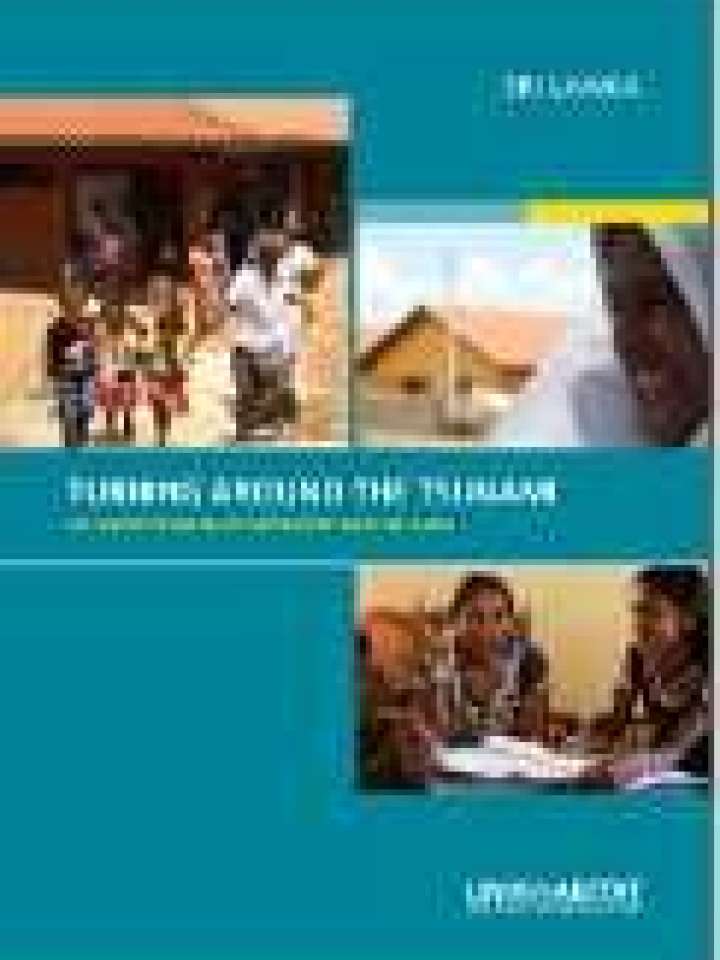Turning around the tsunami
This document relates the experiences of the United Nations Human Settlements Programme (UN-HABITAT) in the wake of the 2004 tsunami in Sri Lanka. The document is comprised of twelve chapters: (i) chapter one explains the immediate effects of the tsunami, including the breadth of disaster, loss of life, and emergency efforts; (ii) chapter two discusses the changes in policy enacted by the Sri Lankan government following the disaster to begin the process of resilient reconstruction; (iii) chapter three explains the development of Community Development Councils (CDCs) to engage the community in the process of reconstruction; (iv) chapter four explains how various community programmes, including CDCs, collaborated in the recovery and capacity development process; (v) chapter five explains the importance of considering differences in gender, socio-economic status, and ethnicity in the way in which recovery is handled; (vi) chapter six describes the establishment of the Community Recovery and Reconstruction Partnership (CRRP) and the positive effects it had on the individuals who had lost their homes in the tsunami; (vii) chapter seven discusses the minimum standards stipulated by the National Housing Development Authority (NHDA); (viii) chapter eight explains how modifications were made to create stable buildings despite the environmental challenges present; (ix) chapter nine explains the problems and solutions associated with resource mobilization, policy support, and coordination efforts; (x) chapter ten explains the shift from disaster to development through the reduction of vulnerability; (xi) chapter eleven explains the benefits which the reconstruction process had on the country, and the key aspects which contributed to the success of the project; (xii) chapter twelve presents UN-HABITAT's tsunami assistance project portfolio.
Explore further
